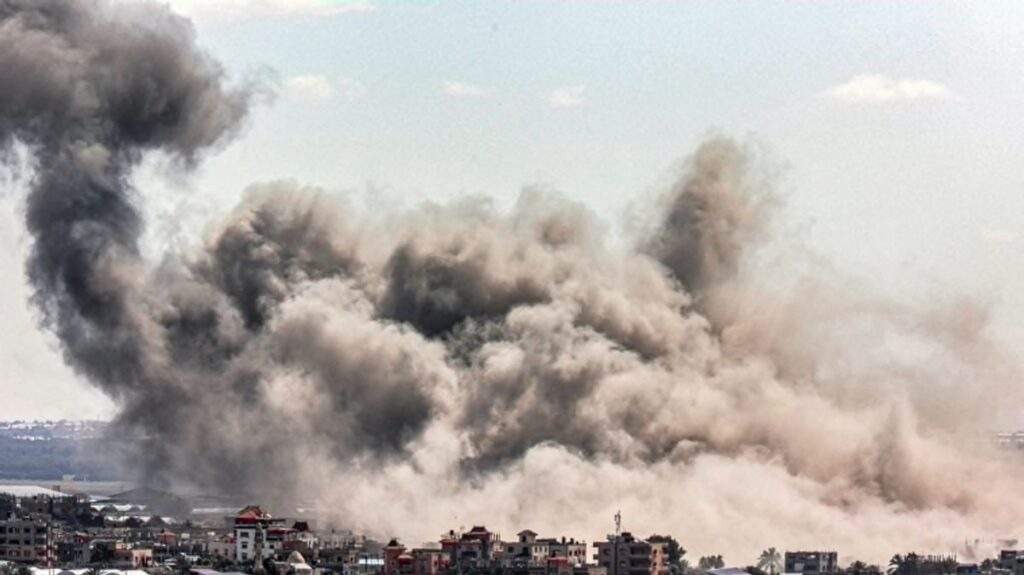In a recent report by the United Nations Satellite Centre (UNOSAT), it has been revealed that more than a third of structures in the Gaza Strip have been damaged, painting a grim picture of the current state of the region. The assessment, conducted using high-resolution satellite imagery, shows that a staggering 88,868 buildings have been impacted, with approximately 32,000 structures completely destroyed and another 16,908 severely damaged.
The scale of destruction in Gaza has reached unprecedented levels, with a significant escalation in damage since January. The governorates of Khan Younis and Gaza City have been particularly hard hit, disrupting the lives of residents and altering the landscape of the region. In response to this humanitarian crisis, European Union leaders are gathering in Brussels today to discuss the urgent need for international intervention.
Josep Borrell, the EU’s foreign policy chief, has called for a sustainable cease-fire in Gaza, emphasizing the importance of prioritizing the welfare of civilians and facilitating the entry of aid into the region. The EU’s unified stance aims to catalyze a shift towards peace and stability, highlighting the critical need for humanitarian assistance and addressing food scarcity in Gaza.
As the international community closely monitors the situation, the outcomes of the Brussels summit could play a crucial role in shaping the path forward for Gaza. The devastation captured by satellite imagery not only demands immediate action but also underscores the necessity for a long-term strategy to rebuild and restore the lives of those affected. It is imperative for global cooperation to transcend political divides and prioritize humanitarian imperatives in order to bring relief to the people of Gaza.
